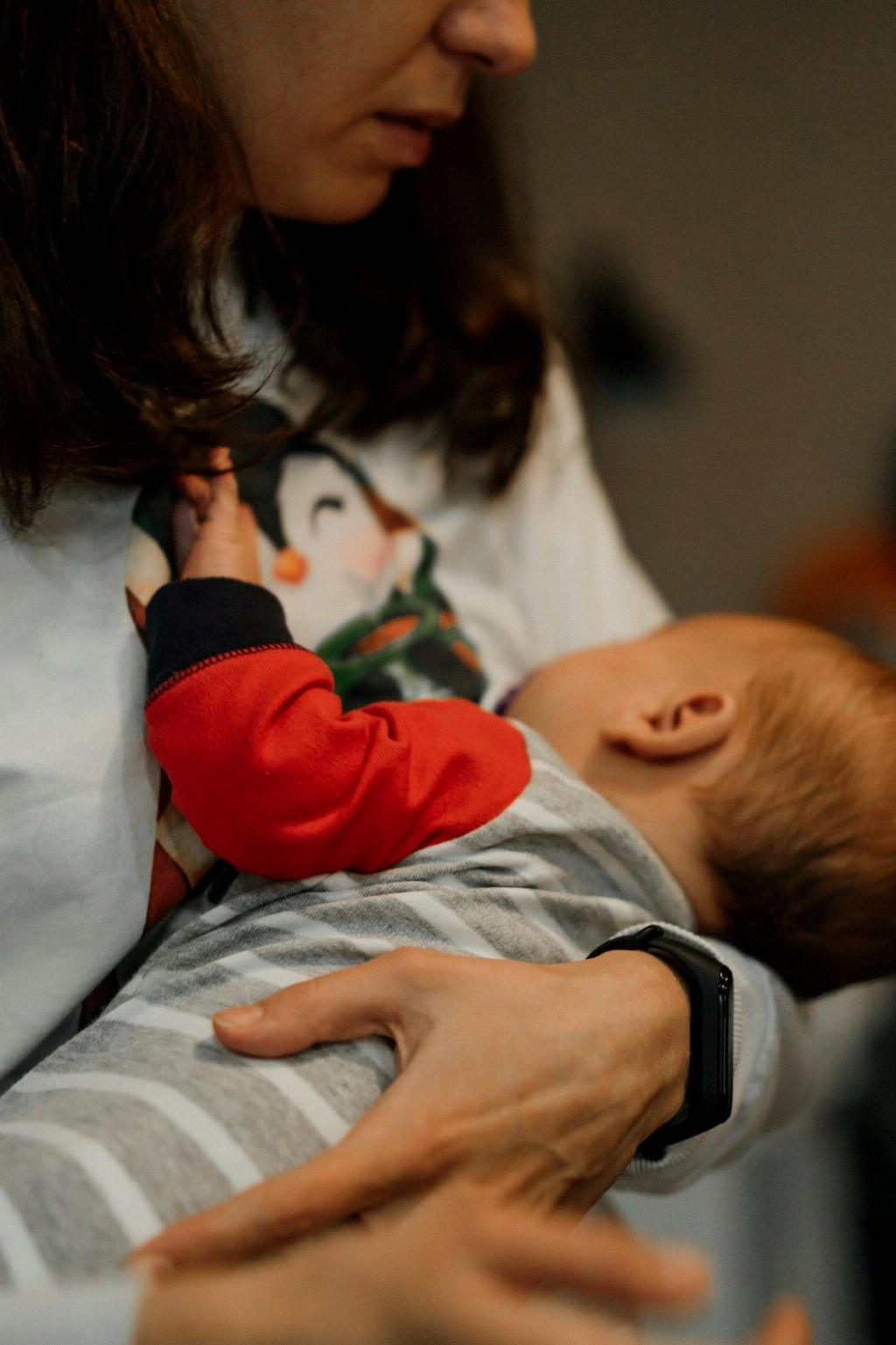When it comes to consuming alcohol while breastfeeding, mothers often wonder about the concept of what is truly considered a “drink” that could potentially affect their breast milk and, in turn, their baby’s health. It’s crucial to be mindful of the amount of alcohol entering your system when nursing, as it can pass through breast milk to your infant, impacting their development and well-being.
Alcohol Absorption and Metabolism While Breastfeeding
Alcohol is quickly absorbed into the bloodstream, and therefore, into breast milk. The rate of alcohol absorption can vary based on factors such as body weight, metabolism, and the type and quantity of alcohol consumed. It’s important to understand how much alcohol is considered one “drink” to gauge its effects while breastfeeding.
Defining One Standard Drink
For the purpose of measuring alcohol consumption, a standard drink is typically defined as containing about 14 grams of pure alcohol. This measurement equates to approximately 12 ounces of regular beer, 5 ounces of wine, or 1.5 ounces of distilled spirits, all at a specific alcohol concentration.
Factors Influencing Alcohol Clearance in Breast Milk
When determining how long it takes for alcohol to clear from breast milk, several variables come into play. The rate of alcohol metabolism can be affected by your body weight, the type of alcoholic beverage consumed, and individual factors such as age and overall health.
Estimating the Time Required for Alcohol Clearance
On average, alcohol typically takes 2 to 3 hours to clear from breast milk after consuming one standard drink. Therefore, if you opt to have a single 12-ounce beer with 5% alcohol content, 5 ounces of 11% wine, or 1.5 ounces of 40% liquor, it is recommended to wait at least 2 to 3 hours before breastfeeding again.
Monitoring Your Alcohol Intake while Nursing
As a breastfeeding mother, it is essential to be mindful of your alcohol consumption and its potential effects on your infant. Keeping track of the amount of alcohol you consume and allowing adequate time for it to clear from your system before nursing can help mitigate any risks associated with alcohol exposure.
Consulting with Healthcare Professionals
If you have concerns or questions about alcohol consumption while breastfeeding, it is advisable to seek guidance from healthcare providers such as lactation consultants or pediatricians. They can offer personalized advice based on your individual circumstances and help you make informed decisions regarding alcohol intake.
Exploring Alternatives to Alcohol Consumption
While occasional moderate alcohol consumption may be deemed safe while breastfeeding, exploring alternative beverages or activities can also be a beneficial choice. Opting for non-alcoholic options or engaging in relaxing and enjoyable activities that do not involve alcohol can provide a healthy balance for both you and your baby.
Prioritizing the Well-Being of Your Child
Ultimately, the well-being and health of your child should always be the top priority when making decisions about alcohol consumption while breastfeeding. Being informed about the effects of alcohol on breast milk and taking appropriate measures to ensure your baby’s safety and development are essential aspects of responsible parenting.
Conclusion
By understanding the definition of one standard drink, monitoring your alcohol intake, and consulting with healthcare professionals, you can navigate the complexities of alcohol consumption while breastfeeding responsibly. Prioritizing the health and safety of your infant and making informed choices regarding alcohol consumption are key components of maintaining a supportive and nurturing environment for both you and your baby.

